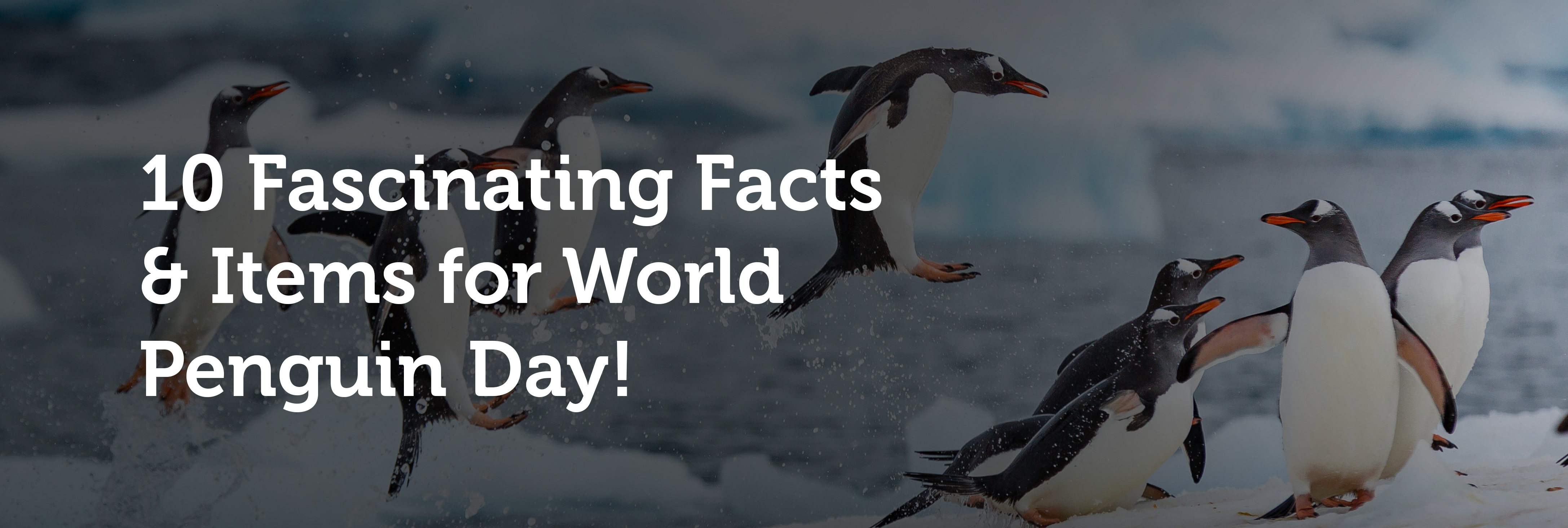
 World Penguin Day is celebrated annually on April 25… roughly the date of this amazing creatures yearly northward migration! What’s a better way to celebrate the cuteness of our feathered friends than by honoring them with their very own awareness day?!
World Penguin Day is celebrated annually on April 25… roughly the date of this amazing creatures yearly northward migration! What’s a better way to celebrate the cuteness of our feathered friends than by honoring them with their very own awareness day?!
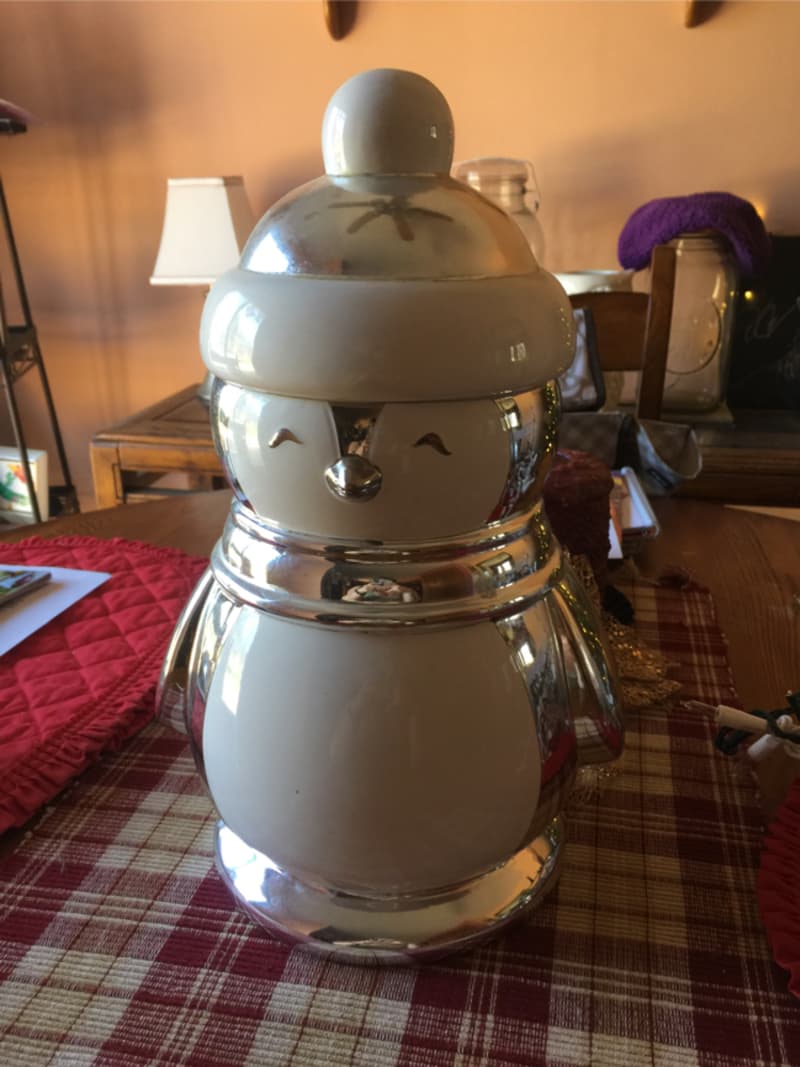
You can take part in World Penguin Day by learning more about Protecting Antarctica’s Marine Environment at Greenpeace.org or simply raise awareness for the plight of the Penguin by posting a cute penguin picture. Go the extra mile and find fun penguin themed items on 5miles to celebrate the day and share with friends!
Get involved in the conversation on Twitter by using the hashtag #WorldPenguinDay. Here are some fascinating facts you may have never known about penguins next to some unique penguin pieces found on 5miles.com!
1. Penguins live everywhere from Africa to Australia
Scientists estimate there are between 17 and 19 species of penguins. But only one species, the Galápagos penguins, live above the southern hemisphere.
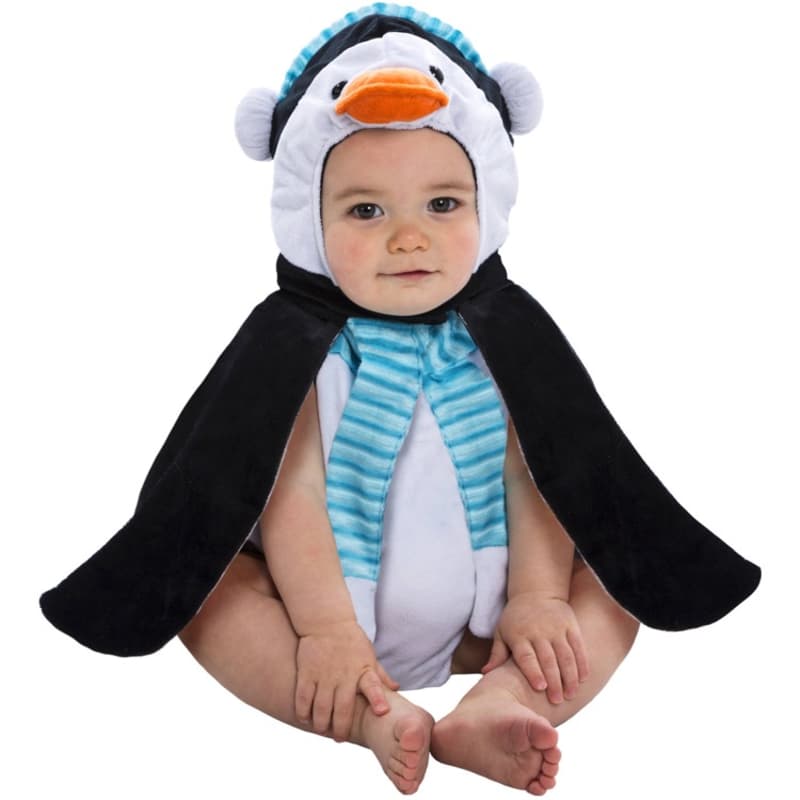
2. Penguin sizes and ages
The smallest type of penguin, the Blue, grow to be around 10-12 inches tall. Also known as little penguins, the Blue penguins are native to Australia, New Zealand, and Tasmania.
Emperor penguins are the largest species of penguin. Native to Antarctica, they’re characterized by their regal stature. They can grow upwards of 50 inches tall. In 2014, scientists uncovered the 37-million-year-old remains of a “colossus” or “mega” penguin species on Seymour Island in the Antarctic Peninsula.
At Birdland, a wildlife park in Gloucestershire, England, you’ll find the world’s oldest penguin. Missy, a king penguin, is estimated to be 40 years old. In captivity, the maximum lifespan for the species is 41 years, versus 26 years in the wild.
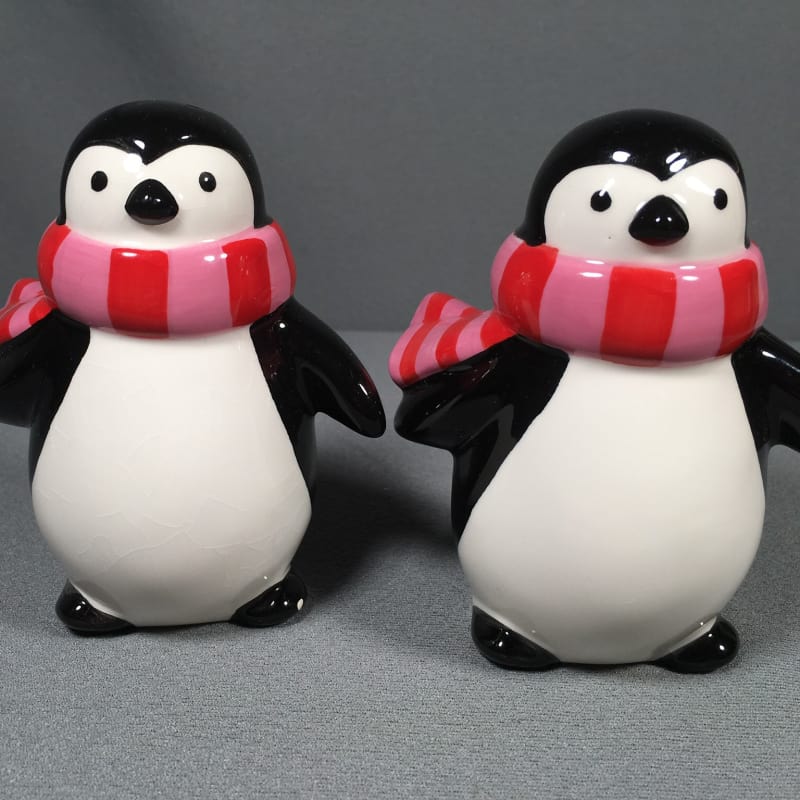
3. Penguins’ black and white coloring is the perfect camouflage for swimming in the ocean
Known as countershading, penguins’ black and white coloring protects the birds from predators such as leopard seals and sharks. Their white undersides are hard to distinguish from the brightness of the ocean’s surface.
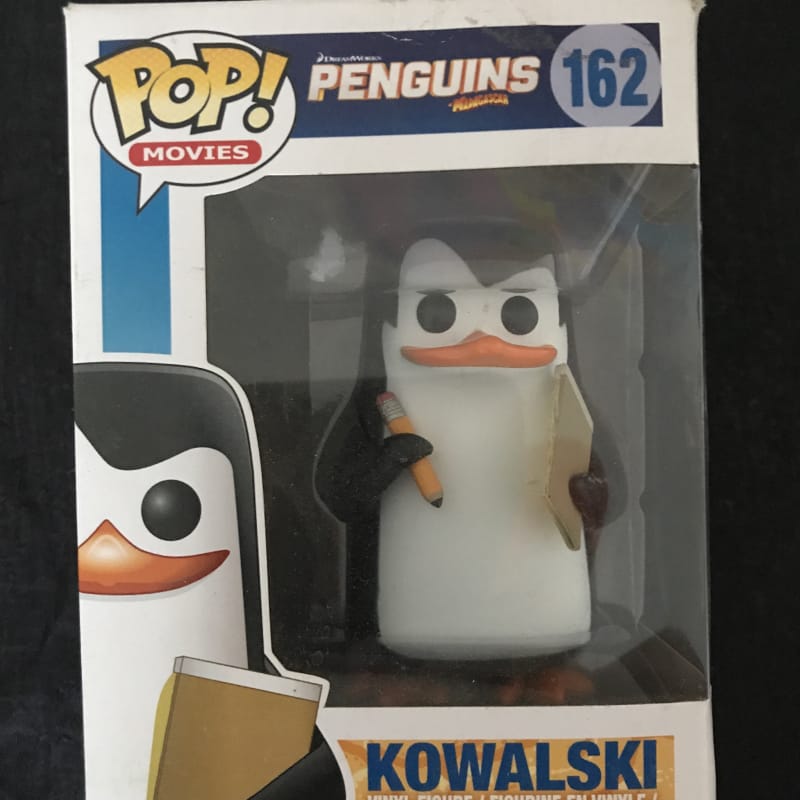
4. Penguins tend to be monogamous
The majority of penguin species are monogamous. During mating season, one male penguin will pair off with one female penguin— but it’s the female birds who compete for a mate.
Along with bears and flamingos, penguins are among the 1,500 animal species that practice same-sex coupling.
At Wingham Wildlife Park in Kent, England, two male Humboldt penguins named Jumbs and Kermit raised a chick that the baby’s father had refused to incubate. In New York City, Roy and Silo, a pair of chinstrap penguins at Central Park Zoo, incubated a fertile egg and reared the chick when she hatched.
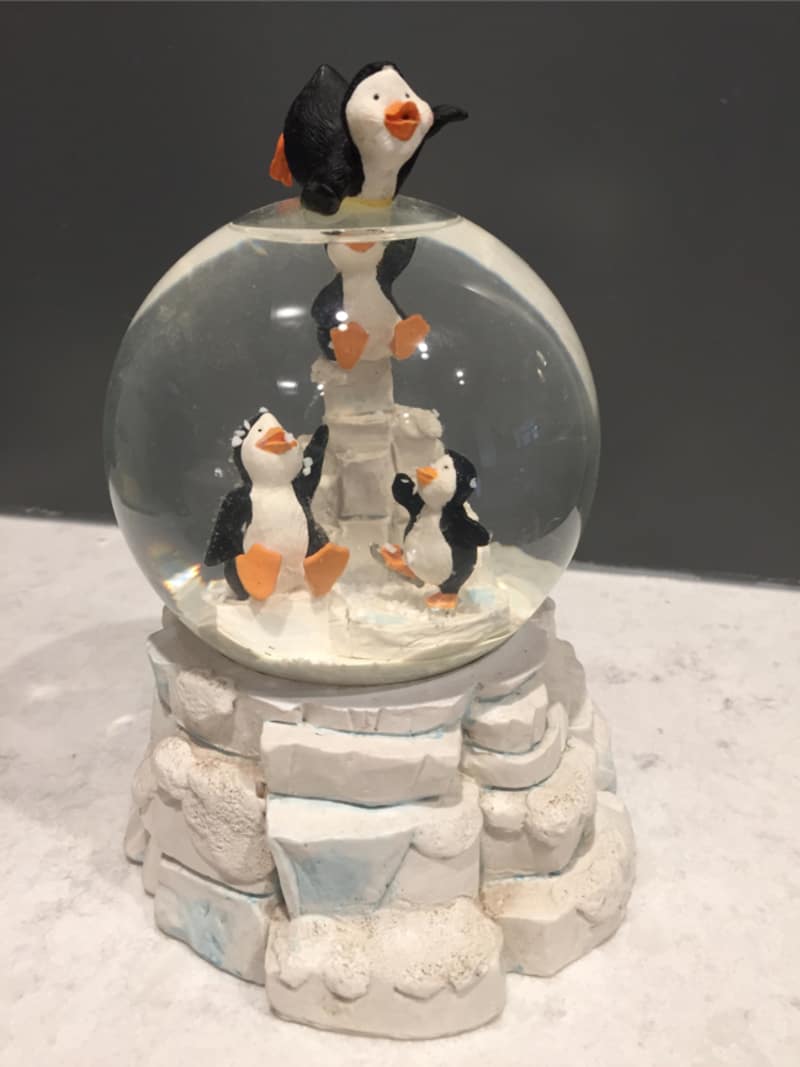
5. Male emperor penguins incubate eggs while the female goes hunting
While female emperor penguins go on a two-month hunting trip, the males protect and warm newly laid eggs by sheltering them in a sack of feathered skin called a brood pouch. The male emperors eat nothing until the females return to regurgitate food for their chicks. Then, they’re free to leave their young and can head to the sea to find something to eat.

6. Some penguins are pretty fast and impressive divers
Gentoo penguins are the fastest penguin species. In the water, they can reach swimming speeds of 22 miles an hour.
Most penguins can only reach depths of 30 to 60 feet. Emperors — the diving champions of the penguin world — can typically dive 1,700 feet below the water. But one emperor penguin dove an astonishing 6,081 feet, the deepest dive ever made by a penguin.
7. Emperor penguins huddle and keep cold to stay warm

Emperor penguins famously huddle to survive frigid Arctic winters. To ensure the birds in the middle of the group don’t overheat, they move in a subtle, coordinated rotation every 30 to 60 seconds. And like all penguin species, emperors have arteries in their legs that adjust blood flow in response to the temperature of their feet.
In a study published in 2013, scientists from Scotland and France illustrated that emperor penguins — the species with the highest feather density — stay warm by keeping their outer plumage at a lower temperature than the air around them. This helps them gain back heat through thermal convection.
On the flip side, species that reside in warmer climates, such as Galápagos and African penguins, stay cool by panting and also rely on genetic adaptations to beat the heat. To replenish sun-damaged feathers, they molt twice a year.
If you look closely, you’ll notice that the African birds have a pink patch around their eyes. This patch contains a gland that helps them regulate body temperature. When it gets hotter outside, the penguins’ bodies send more blood to the glands.
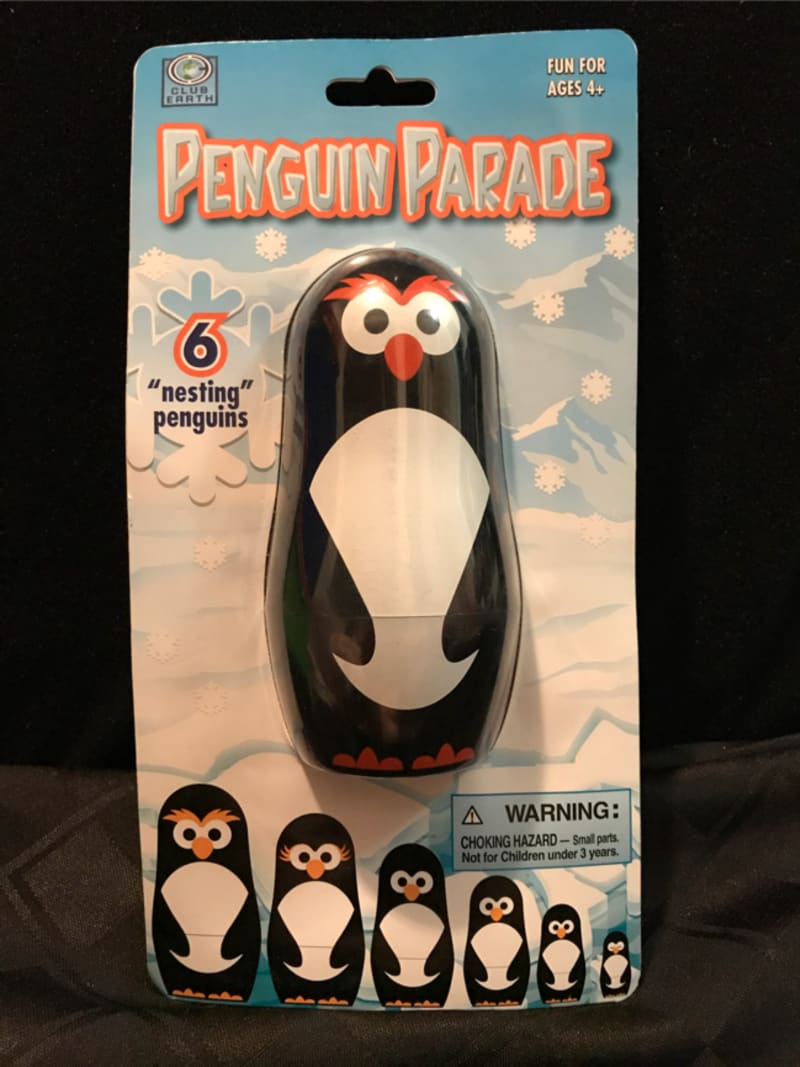
8. Penguins can’t fly… but they can be airborne!
Pint-sized Adélie penguins, native to Antarctica, can leap up to nine feet in the air. In comparison, emperor penguins can jump around a foot and a half.
Leaping in the air allows penguins to escape the clutches of would-be predators, including leopard seals and orcas. They rely on air bubbles, which they wrap around their bodies to propel themselves above the water, much like ships and torpedoes.
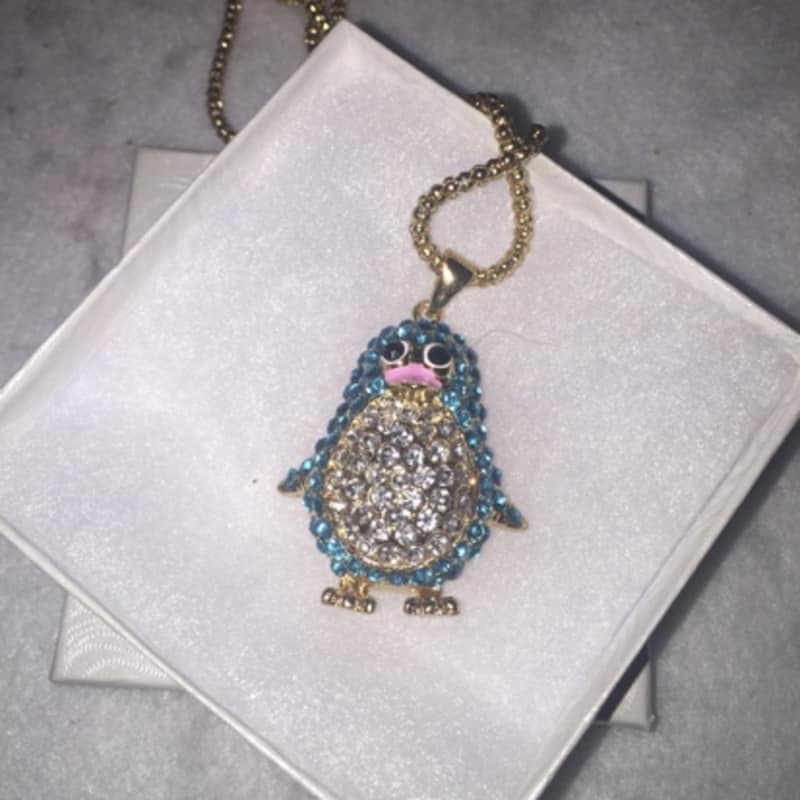
9. Penguins lose all of their old feathers at once
While most birds molt, penguins experience something called a “catastrophic molt” – it refers to the fact that penguins lose all of their old feathers at once rather than gradually.

10. Five penguin species are endangered according to satellites
There are five species classified as endangered on the IUCN Red List: the northern rockhopper penguin, the erect-crested penguin, the yellow-eyed penguin, the African penguin, and the Galápagos penguin.
Scientists use satellite imaging to measure penguin population size.
To measure the size of populations around Antarctica’s various penguin colonies, scientists utilize high-resolution satellite imagery. Researchers from the British Antarctic Survey counted 595,000 birds in 2012 — about double the previous estimate.
Be sure to check out 5miles.com and download the 5miles app to find more penguin related items! Happy World Penguin Day!


